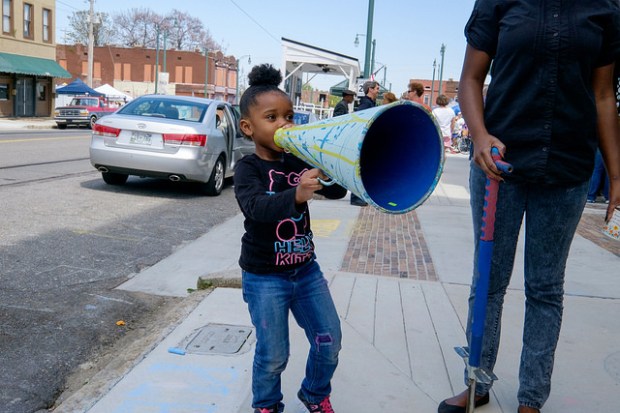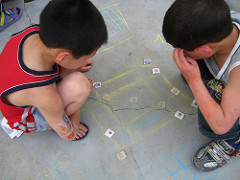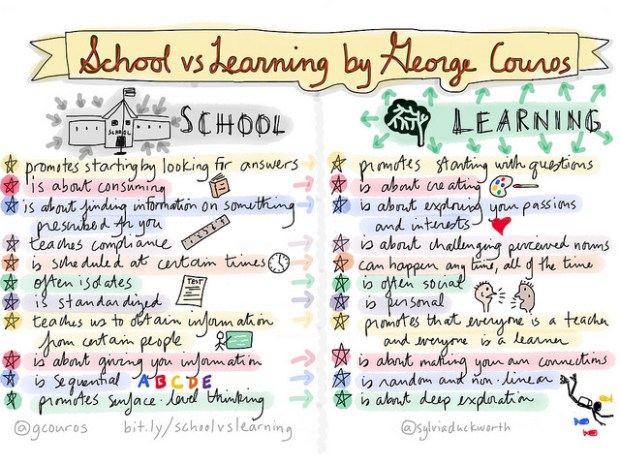
Innovation has become such a buzz word today. What does it truly mean? Do we need it in schools? By definition it is a new method, idea, or product. Do we always need NEW in schools? If what we’re doing is working, is that okay? I challenge us as a profession to dig deep. Is everything we’re doing working?
In some ways, certainly. We build great relationships with students. That works. We know this. This is the basis for everything and should be where it starts. No innovation needed here!
Sometimes though, classrooms look like the picture above. Do these promote the skills that today’s students need to go into the workplace TODAY and TOMORROW? Probably not. Innovate & change.
Here we can see students learning skills that they need for today’s world. They are collaborating and communicating with one another. The classroom is organized so that they can do just that. The teacher is working with students helping them be engaged in the learning. Students are learning by being immersed in it rather than passive recipients. Simple innovations that allow students to learn the skills of today rather than yesterday.

Innovation. Change what we teach. This has become a controversial topic in our profession. Computers. Phones. Internet. These can all automate so much of the content that we used to need to keep in our brains. Don’t get me wrong, we still need to teach it. However, problem solving, collaborating, team work, critical thinking, organization curiosity, and LOVE of learning are possibly more important. These are not skills that can be automated. Shifting our priorities a bit can have a huge impact!
The quote above from David Culberhouse demonstrates how quickly the world is changing and has changed. We the educators can equip ourselves first to prepare our students. The time is now. Innovation and change are banging on our doors.
Are we ready?
Let’s make them excited about school. Let’s make every child run into school. Let’s make it so that teachers can build relationships and meet those students’ needs so that they cannot wait for each day to come.
It is possible. This should be our goal in INNOVATION.











